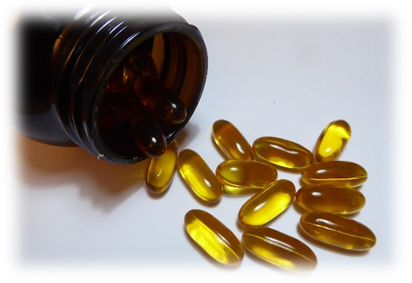
Gelatine
Valorisation Option Factsheet
Product description
Gelatine is an irreversibly hydrolysed form of collagen, which produces smaller peptides with a broad molecular weight range. Gelatine is a viscous semi-solid gel; its typical general composition includes 85-90 % protein, 2-4 % mineral salts and 8-12 % water. There are two main types of gelatines:

Product application
Gelatine is commonly used as a gelling agent in food, pharmaceutical drugs, photography and cosmetics manufacturing.
Gelatine is found in most gummy candies, as well as other products such as marshmallows, gelatine deserts and some ice creams, dips and yogurts.
The traditional application for cold water fish gelatine is microencapsulation of heat sensitive vitamins and other nutrients.
Raw materials
The main sources of commercial gelatine are porcine and calf skin and bones. The most common raw material for fish gelatine is fish skin (specially tuna skins), but substantial amounts are also made from fish scales. Fish bones may be used, but they contain much less collagen than skins.
Gelatin quality varies largely among different species and fractions and if warm or cold water fish are used.
Hygienic requirements are strict when gelatine is intended to be used for added value applications.
Feasibility
Process Yield
Technology maturity
Value of Product
Potential Market
Production cost
Competing Companies






Simplified process Scheme

Citation :
Factsheet Gelatine, Author(s) : Bruno Iñarra, Carlos Bald, Marta Cebrian
Bruno Iñarra, Carlos Bald, Marta Cebrian (2017). DiscardLess WP6.2 Evaluation of the different valorisation alternatives prioritized from the technical, market, regulatory and socio-economic perspective.
http://www.discardless.eu/Valorisation_module